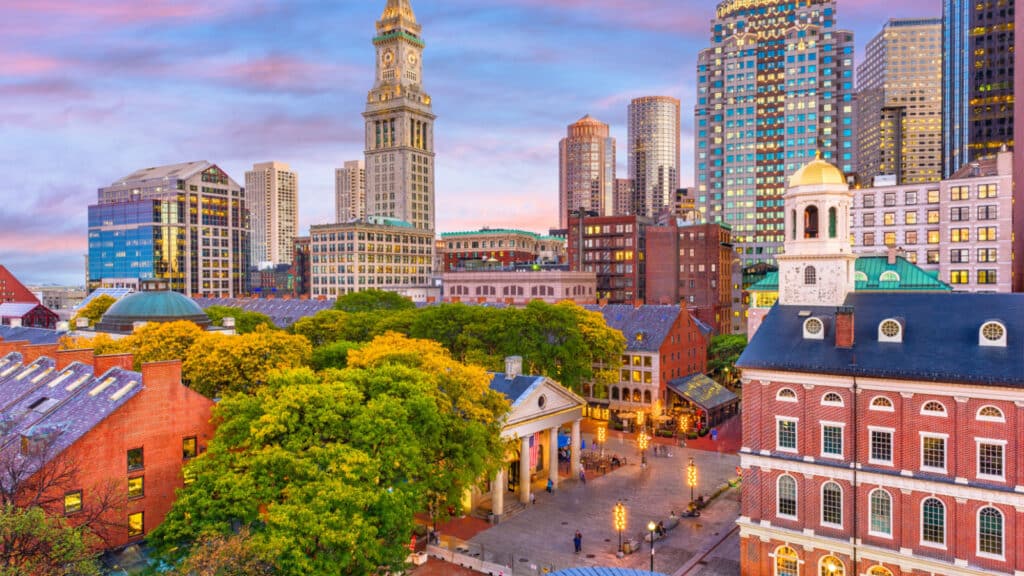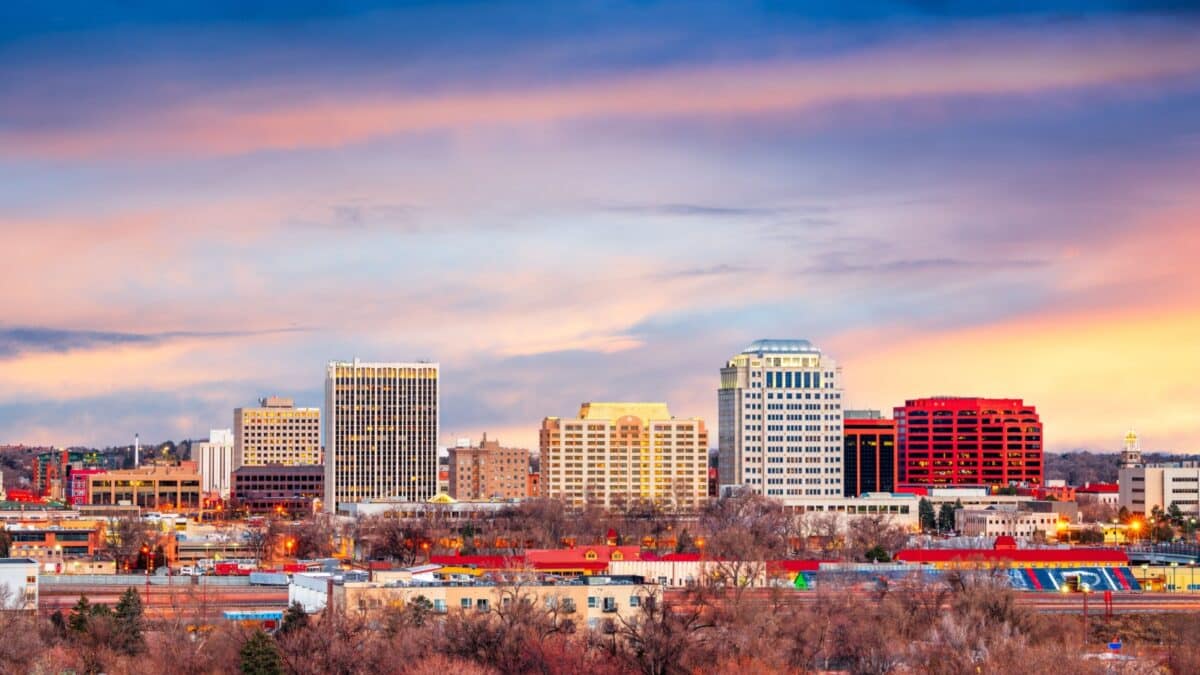No place is totally free from danger, and there’s no one-size-fits-all solution to staying safe. But have you ever thought about what makes some states feel safer than others?
With many people embracing remote work, it’s easier than it used to be to pick up and move to a new state for a better culture fit or even nicer weather. But when choosing a new place to live, safety is a top priority—not just from crime, but from everything that impacts our well-being.
Here’s a look at the safest states to live in the U.S., based on real stats from WalletHub. We’re talking about personal and residential safety, financial security, road safety, workplace protection, and how prepared they are for emergencies.
Vermont
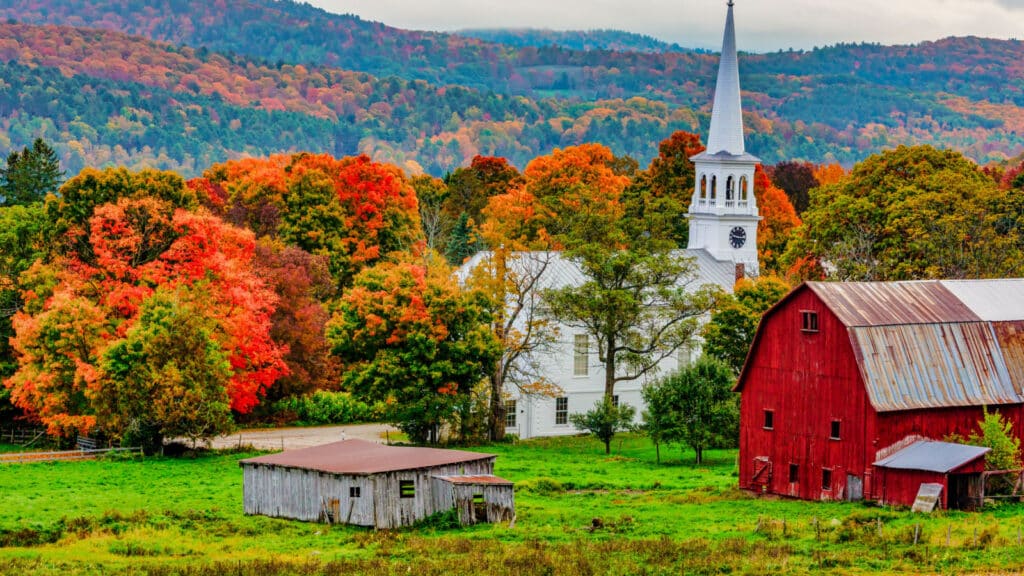
Vermont’s charm goes beyond safety. In fact, Stowe has been named one of America’s most beautiful towns by Conde Nast Traveler. It’s also ranked the safest state in the U.S., with nearly 77% of parents saying they feel secure in their neighborhoods. A solid network of neighborhood watch groups keeps communities alert, helping to promote peace of mind.
It doesn’t end there. Vermont has low unemployment and some of the safest roads around. It’s easy to see why so many people would want to settle here—it’s beautiful, secure, and a great place to call home!
New Hampshire
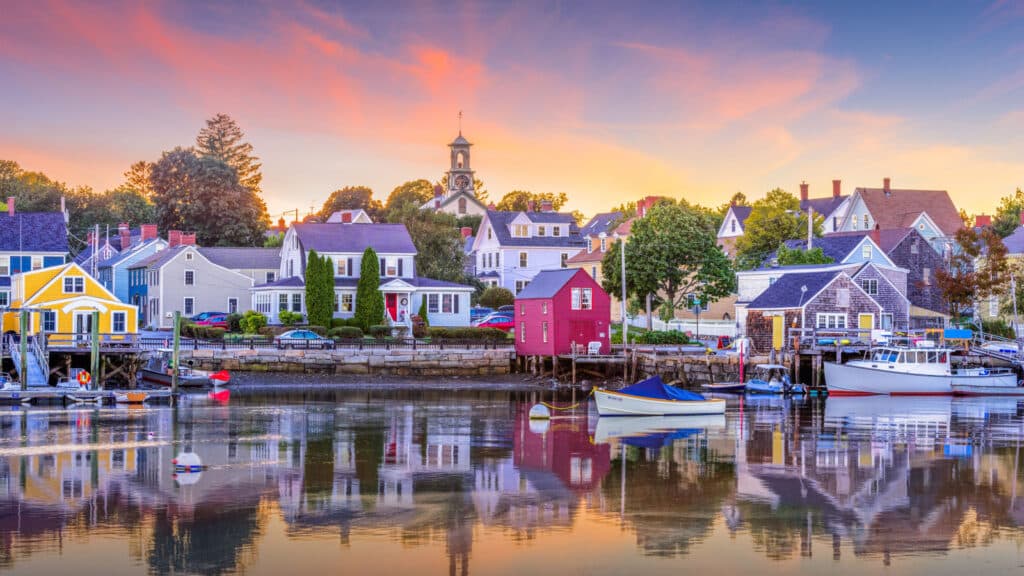
Although Vermont is really impressive, New Hampshire beat it in one aspect: more than 78% of New Hampshire residents feel secure in their neighborhoods. It’s also consistently reported some of the lowest violent crime rates nationwide from 2022 to 2024.
The Granite State’s bragging rights extend to a high quality of life with strong healthcare, excellent schools, and safe communities. And if finances are a concern, you’re in luck—New Hampshire ranks second in financial security.
Maine
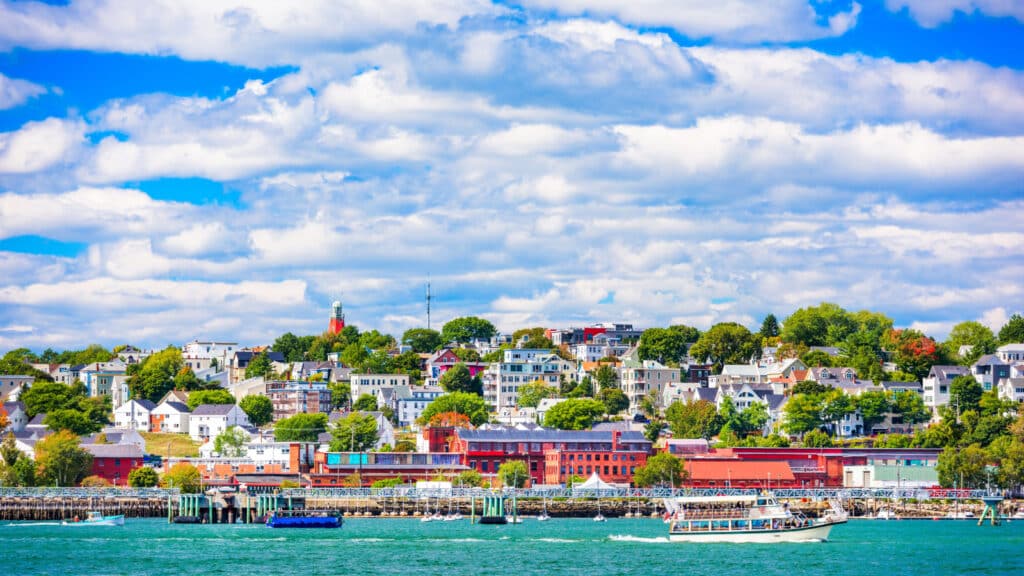
Residents in Maine are living their best lives! Imagine enjoying fresh local seafood (who wouldn’t crave lobster and scallops?) while knowing you’re in one of the country’s safest states. The Pine Tree State proudly ranks third nationwide for safety, with top marks in emergency preparedness and financial security.
The crime rate is way below the national average, making Maine one of the safest spots to live or visit in the U.S. It’s easy to see why locals proudly embrace the slogan, “Maine: The Way Life Should Be.”
Massachusetts
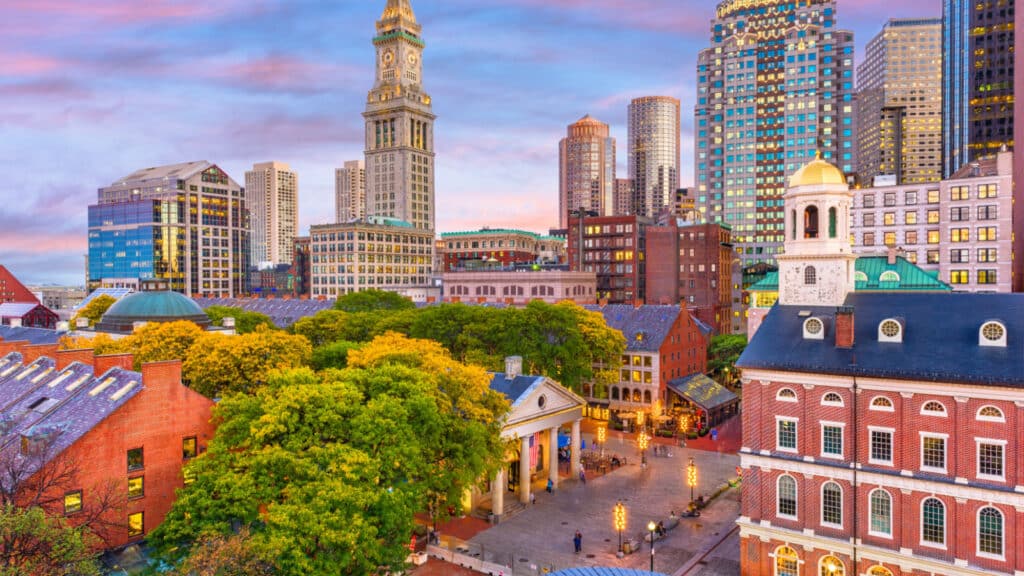
As one of the first original colonies, Massachusetts not only holds a rich history and culture but is also one of the safest states. It has the second-lowest fatality rate per 100 million vehicle miles and ranks third for road safety. It boasts the lowest uninsured population and a very low rate of fatal workplace injuries.
Strangely, this New England state has some inexplicable laws, like no gorillas in the backseat or no candies with more than 1% alcohol. But at least it’s clear that Massachusetts has its residents’ safety in mind, even if it’s with some odd rules!
Utah
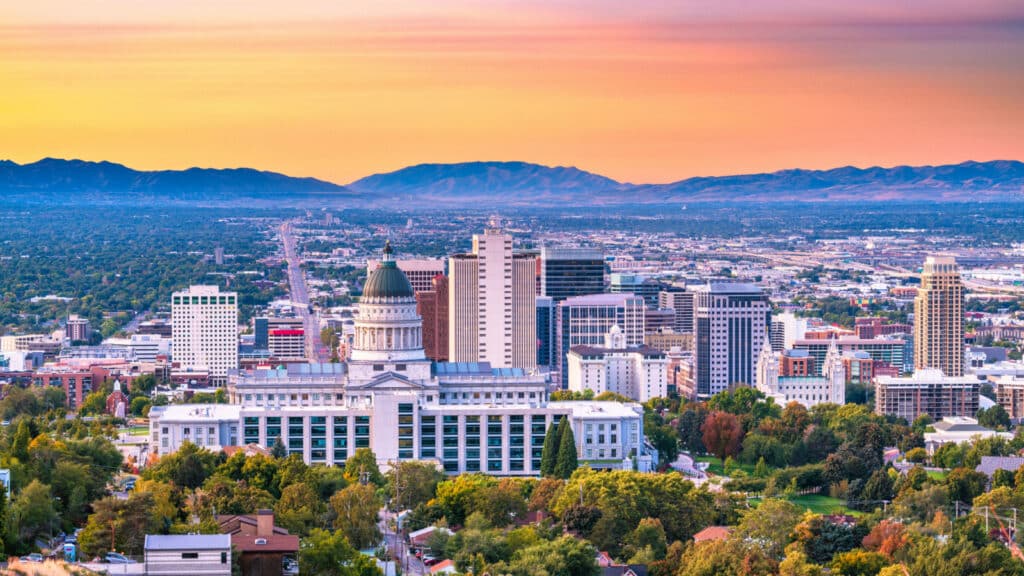
Utah may rank fifth overall for safety, but it’s number one in workplace safety and fourth in emergency preparedness. Violent crime rates are 37% lower than the national average.
The state is mostly rural, which is perfect for those who love escaping city life. But the vast, open spaces can feel a bit intimidating when driving between towns. While Utah is generally safe, some of the bigger cities like Salt Lake City don’t have as safe of stats as rural areas.
Hawaii
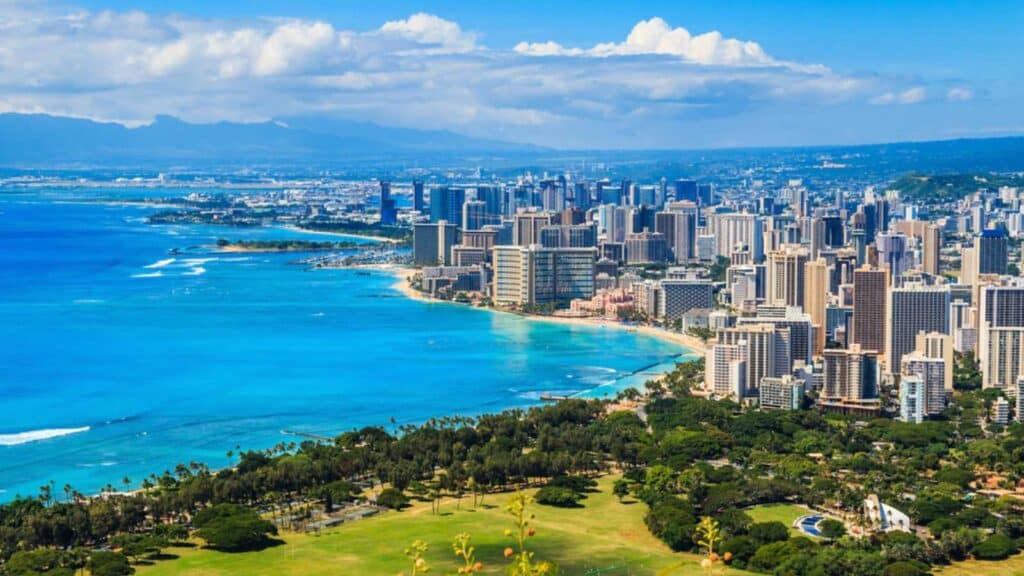
You might think Hawaii is full of unruly crowds and tourists, but it’s actually the sixth safest state to live. Despite the influx of visitors, its violent crime rate is impressively low—just 2.5 incidents per 1,000 people, well below the national average.
While property crime can be a concern, it’s easy to manage with a bit of caution. Of course, all that paradise comes at a price, so be ready to pay for the postcard-perfect views and laid-back island life!
Connecticut
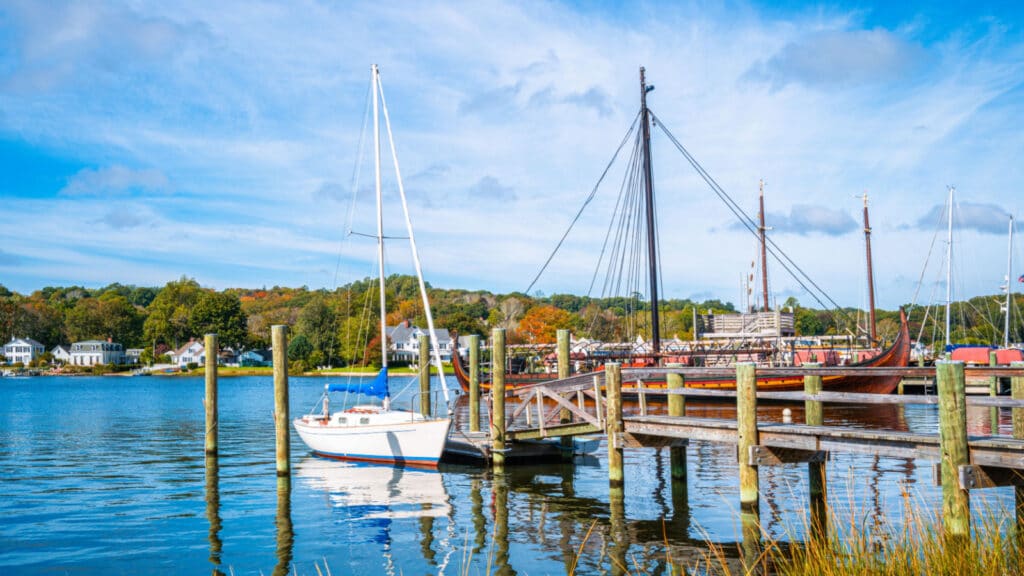
The violent crime rate in Connecticut is super low, and most residents feel safe in their neighborhoods. Some joke it’s because everyone minds their own business, but it’s also thanks to strong education, social programs, and low poverty rates.
There’s no one secret to safety, but stricter gun laws and low gun violence help. Plus, the state doesn’t deal with major gang issues, making it a pretty peaceful place to consider home.
Minnesota
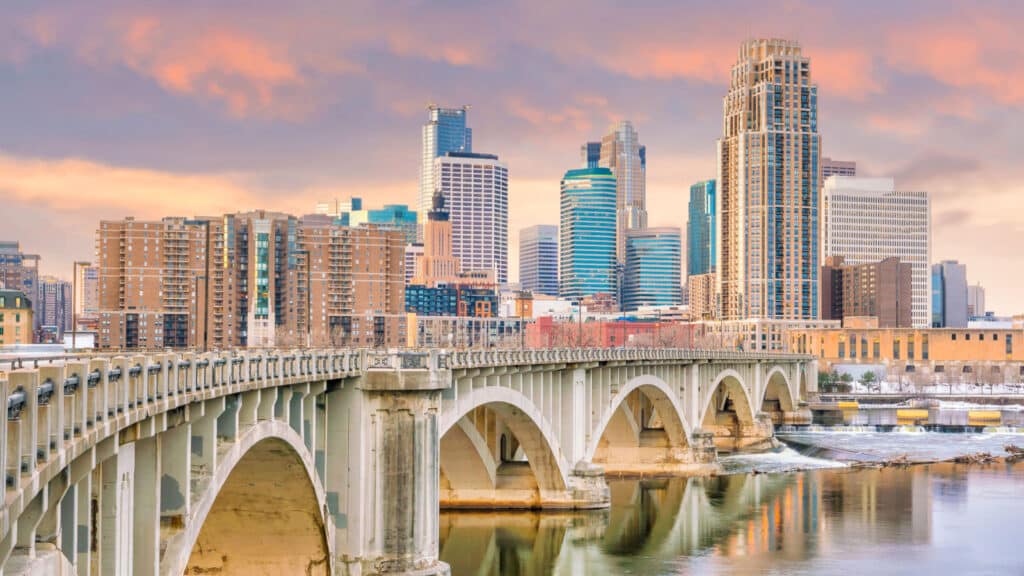
The Gopher State is safe and walkable, and the stats back it up. Fewer residents worry about their safety here—43% compared to the national 47%. The violent crime rate is also below the national average.
Minnesota also offers an affordable cost of living and a strong job market. The housing market here is affordable as well, making it a great choice for both renters and homeowners. Minneapolis and St. Paul are economic hubs, home to major companies like Target, UnitedHealth Group, and 3M, offering plenty of career opportunities.
Rhode Island
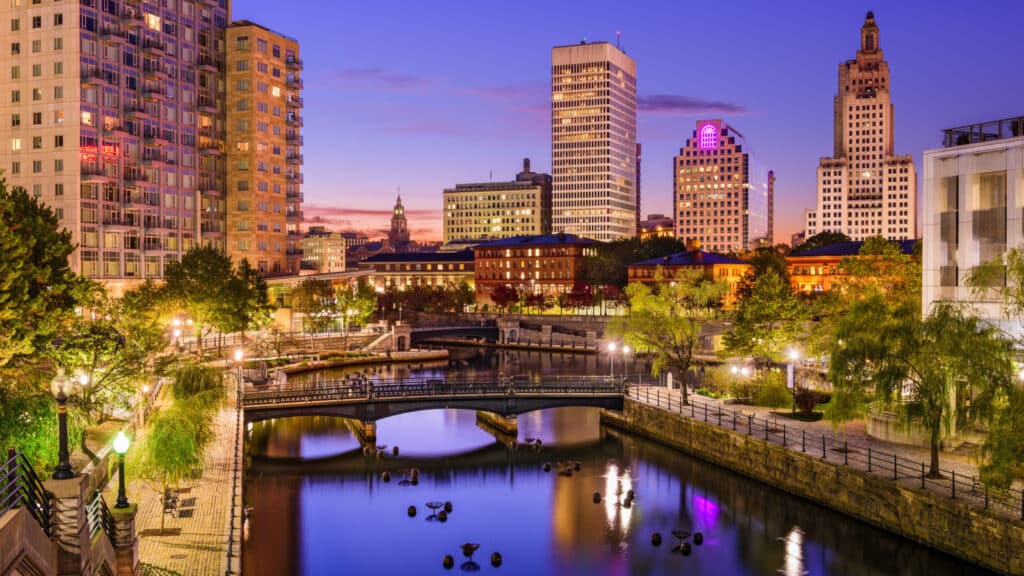
Rhode Island is beautiful, though housing costs might make you think twice. But here’s something to consider: it’s the ninth safest state and has the fourth-lowest violent crime rate in the country, with Scituate as its safest city.
That said, there are some downsides. Traffic congestion is a problem in places like Providence, and the state’s coastal areas can be prone to flooding during severe weather events, like nor’easters or heavy rain.
Wyoming
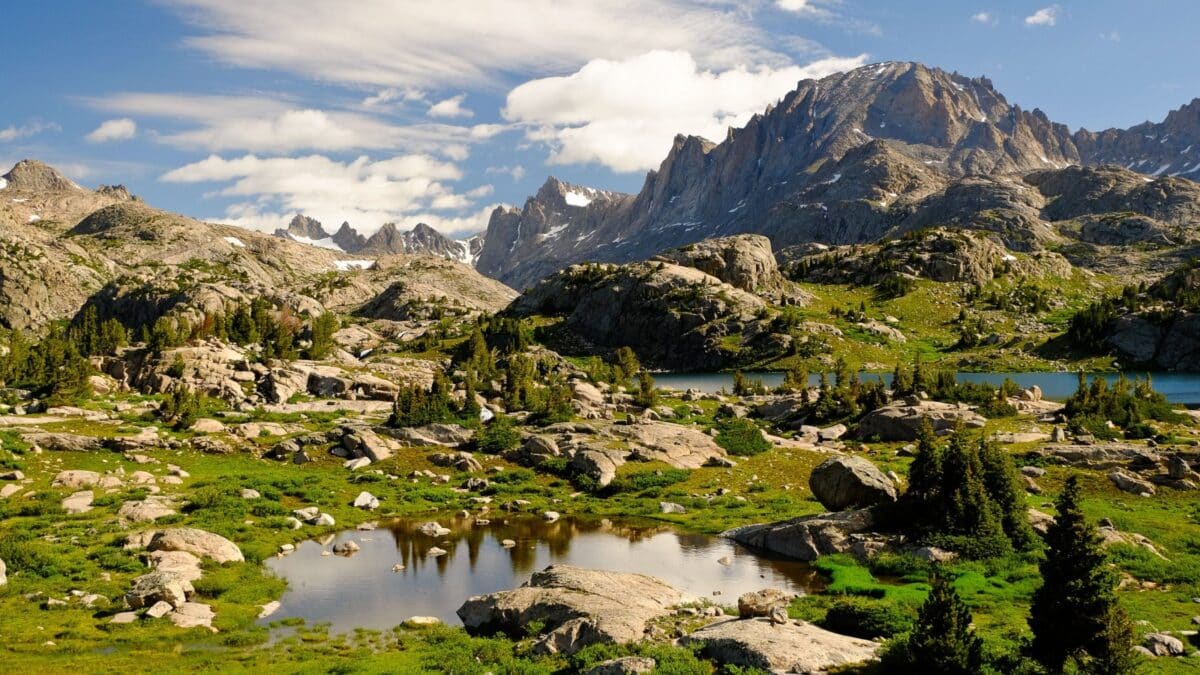
Wyoming’s low population provides plenty of open space and impressively low crime rates. With just 234.2 violent crimes per 100,000 people—well below the national average—it’s one of the safest states around.
But if you’re after city life with all the amenities, you might want to look elsewhere, considering it’s mostly rural. It’s peaceful, but nature can be intense! While the state boasts 300 sunny days a year, you’ll need to be ready for the occasional tornado, strong winds, or forest fires.
Source: WalletHub
“Bad Neighborhoods” in the U.S. That Are Actually Pretty Safe
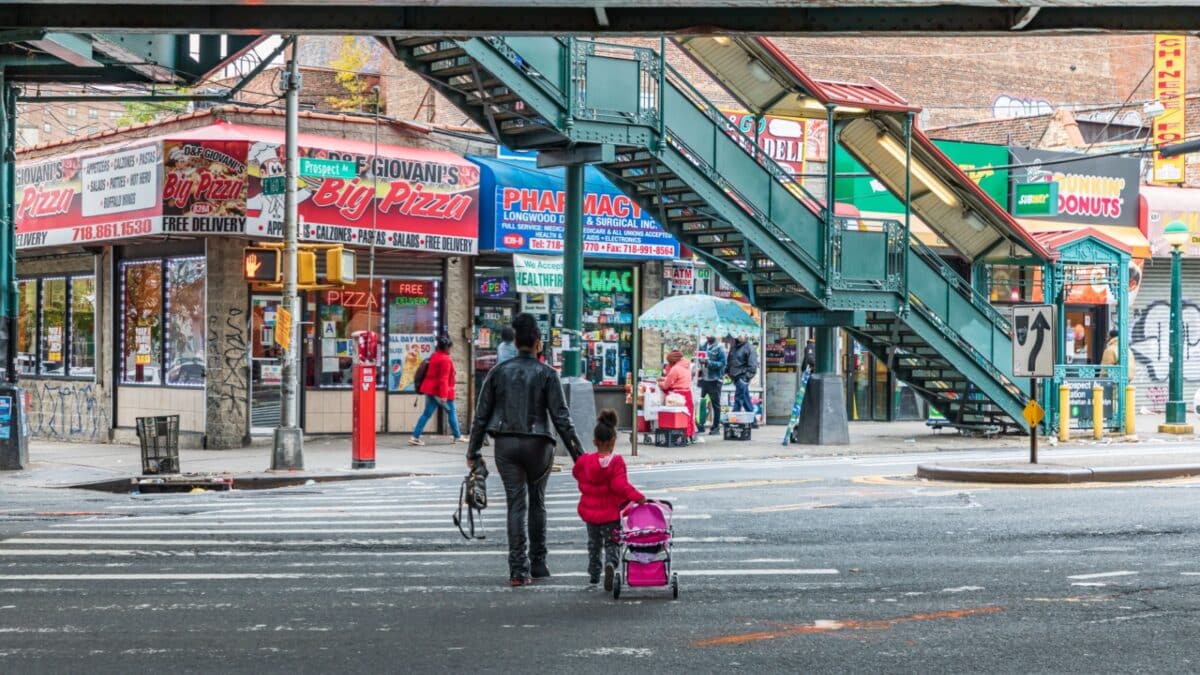
Some of these formerly tough neighborhoods might surprise you. Often labeled as unwalkable murder zones with gangs, drugs, and poverty, they’ve gotten a bad rap. The media doesn’t always help, blowing things out of proportion. If you dig into crime stats and chat with locals, you might find that these places are safer than their reputation suggests. It’s worth taking a closer look!
Read more: 11 “Bad Neighborhoods” in the U.S. That Are Actually Pretty Safe
These 10 U.S. Cities Are Surprisingly Safer (or Riskier) Than You Think
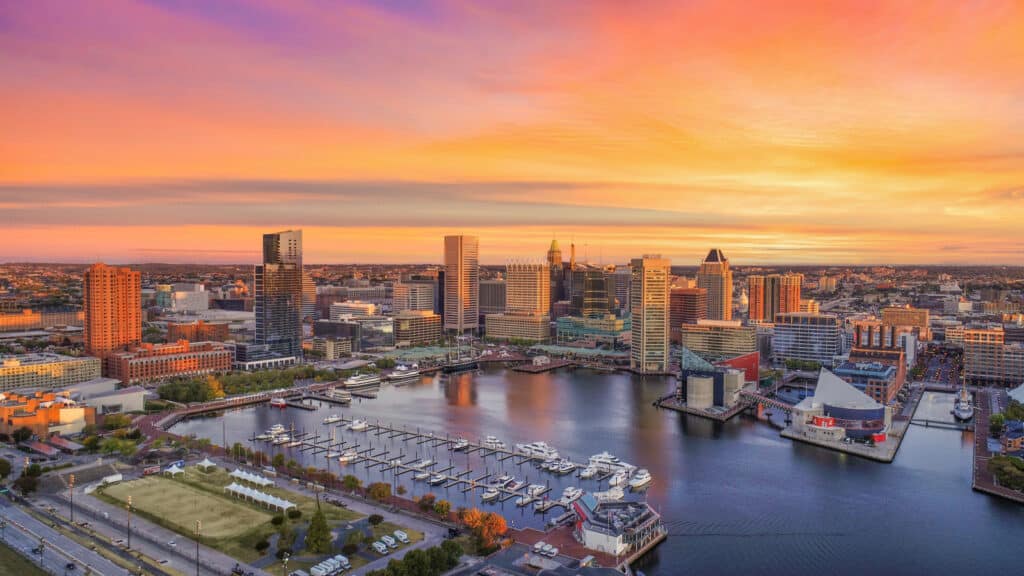
There’s no one-size-fits-all answer to the question of safety—it’s all about perspective. What one person considers dangerous, another might shrug off. Safety in a city can change rapidly, so it’s always wise to get the latest scoop. Want to know what some Americans think? Here’s what some locals on a recent message board had to say.
Read more: These 10 U.S. Cities Are Surprisingly Safer (or Riskier) Than You Think
10 Places People Think Are The Safest To Live

A recent online thread had hundreds of people chiming in about which locations they believe are safest. Here, we go over the top picks and why living in these places might keep you out of harm’s way.

